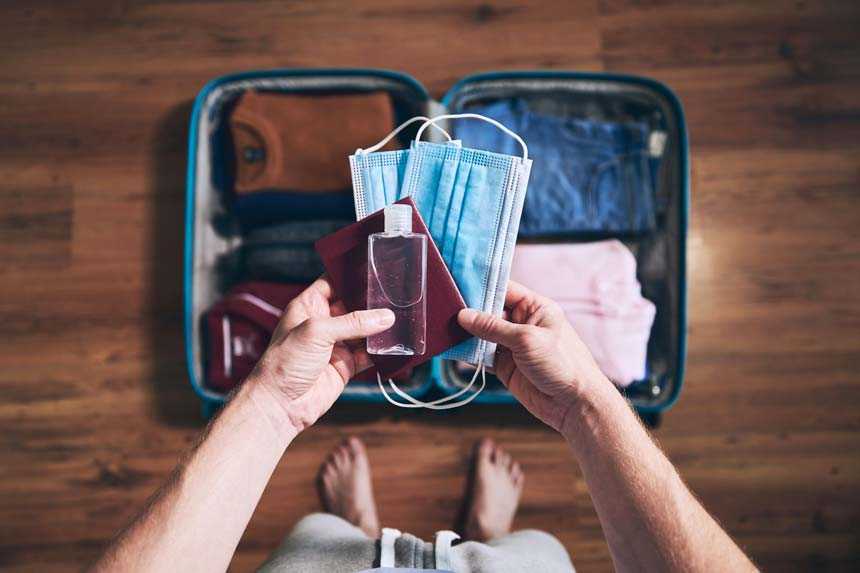
Post-pandemic Medical Travel and Tourism–Will It Return To What It Once Was?
June 27, 2022
According to the latest United Nations World Travel Organization (UNWTO) World Tourism Barometer report, international tourism is returning at a strong pace as borders reopen and restrictions ease. International tourism increased 182 percent year-on-year in Q1 2022 and the Asia Pacific region recorded a 64 percent increase from 2021. The reopening of borders is a particular relief for those travelers relying on foreign healthcare, and indeed for the health providers themselves, whose very business model demands a regular stream of overseas patients.
With the return of international travel, the medical tourism sector is expected to grow by the end of 2022 at pre-pandemic rates as demand restores. In anticipation of this rising demand, hospitals and investors across the Southeast Asia region—where three of the world’s foremost medical tourism destinations, Singapore, Thailand and Malaysia, are located–are investing and reinvesting in health infrastructure in a bid to compete for both international and domestic medical tourists.
Some say that a side-effect of the COVID-19 pandemic has been the acceleration towards more localized policies in a bid to reduce vulnerability to future pandemics and external shocks. The abrupt disruptions to cross-border trade and travel have had a severe impact on the delivery of health and medical services. In building self-reliance, governments have ramped up policies and initiatives that seek to encourage home-grown innovation and nurture local ecosystems. The government of Thailand, for instance, is investing heavily in building a robust ecosystem to drive health innovation to make advanced healthcare more accessible. The Thailand Board of Investment is supporting local start-up Genepeutic Bio, a contract manufacturing and development organization, in the building of a GMP-compliant CAR-T manufacturing facility at the Thailand Science Park. The company believes that setting up a site in Thailand can potentially reduce the cost of CAR-T treatment by up to 80 percent, putting it within reach of many more patients–both in Thailand and in the Southeast Asia region.
Indonesia is also making a play to stem the flow of some two million Indonesians seeking medical check-ups, treatment and services overseas by developing the country as a destination for medical tourism. Its first significant project is the development of Bali International Hospital in Sanur, which is gazetted as the country’s first health-related special economic zone. Indonesia’s state-owned enterprises are teaming up with the world-renowned Mayo Clinic to develop the 300-room facility and provide various medical services, including cancer treatment.
Beyond physical travel, another side effect/symptom of the pandemic is the rapid scaling-up of telehealth. One of the significant benefits of telehealth in medical tourism is the ability to deliver pre-and post-operative care, without the need for additional travel and reducing costs for patients. Yet, there still remain numerous challenges as policies struggle to keep up. Telehealth practices need to be developed and integrated and data security and interoperability continue to be a thorny issue. Insurance coverage is another point of consideration.
Digital evangelists are highly optimistic about the future of health tech, but will telehealth become a mainstay of medical tourism? The potential of telehealth in medical tourism is spurring greater health tech innovations. For example, we are already seeing a rise in VR and AR technologies for remote testing, but to be fully entrenched, hospital providers will need to digitally transform in order to cater to patients both on and offline.
Today there are more than 14 million people worldwide who travel for medical reasons and analysts do not expect the numbers to wane. With the advancements in technology and the development of domestic innovations and medical hubs, the healthcare tourism landscape is likely to prosper further as patients, insurers and providers turn to technology to save costs and increase margins. Be under no illusion–this innovation experiment is being watched closely by publicly funded health systems to see what lessons can be learned in the post-pandemic era of health delivery. The signs are promising–as long as borders remain open. But in the long-term, will this leapfrog in technology actually erode the very need to physically travel to be treated? Only time will tell.